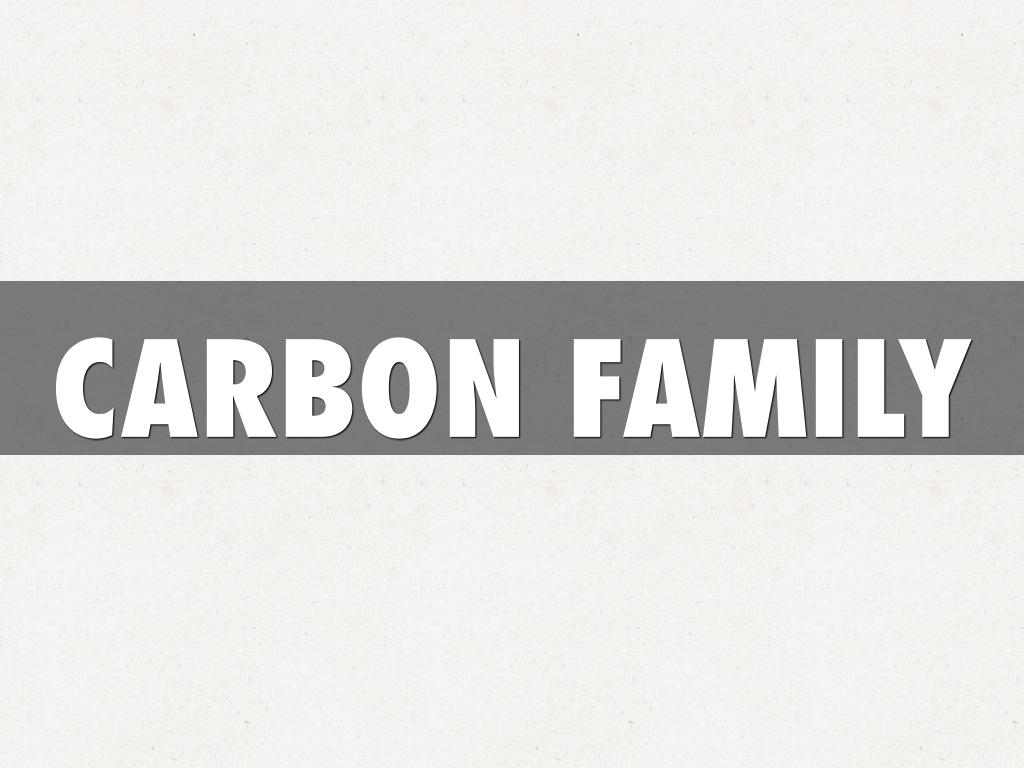There exists variation in the properties of group 14 elements. These elements have four electrons in their outer energy level. Two electrons are found in the s subshell and two are in the p subshell. But the outer configuration of carbon is s2 and it accounts for some differences between the properties of carbon and other elements of this group.
By moving down the group, the atomic radius and ionic radius is increased while ionization energy and electronegativity are decreased. As additional electrons, ae added to the subsequent elements so atom size is increased. The density of elements is also increased by moving down the group. This group consists of one non-metal, two metals and two metalloids. In other words, metallicity is increased by moving down the group.

There is great variation in the chemical and physical properties of the elements of this group. Overall these elements are stable however, they tend to be fairly unreactive. Ionic compounds are formed by the tin and lead but other elements form the covalent compounds.
Carbon is the first member of this group and it differs greatly from all other elements as it is small in size, has high electro-negativity, and does not have any d orbitals. It is non- metal but the next element silicon is metalloid. Ge is non-metal but it possesses some of the metallic characters.
The melting point of the carbon is extremely high due to stronger bonds between the carbon-carbon atoms. Si and Ge also have high melting points but less than the carbon. This is due to the weakening of M-M bonds that is caused by an increase in the covalent radii of the element. As compared to the above elements the melting points of Sn and Pb are low as they do not use their outer electrons for the metallic bonding.
Mainly the ionization energy is decreased from carbon to the silicon but it happens in an irregular way due to the effects of filling the subshells of d and f orbitals.
There is an exception for the lead but all other elements of the carbon family exist as allotropes. For example, carbon occurs as graphite, diamond, fullerenes, and as the amorphous allotropes of the carbon. Tin occurs as gray tin, rhombic tin, and white tin. But lead only occurs as dense blue-grey metal.
The melting and boiling points in this group tend to decrease by moving down the group because the atomic force in the larger molecules are not much strong. The melting point of lead is low and it is easily liquified by the flame. Due to this property, it is useful as a base for the solder.
Catenation that is the ability of similar atoms to link to each other decreases down to the group. It is linked to the M-M bonding enthalpy that is decreased by moving down to the group. Carbon has maximum covalency as four while other elements of the group exhibit the maximum valency of six, and this is due to the participation of the d orbitals.